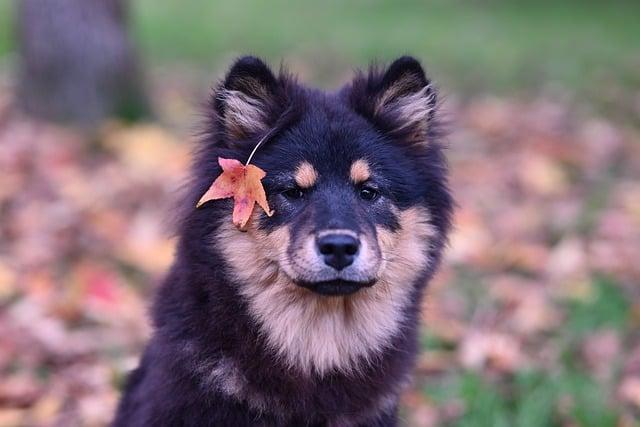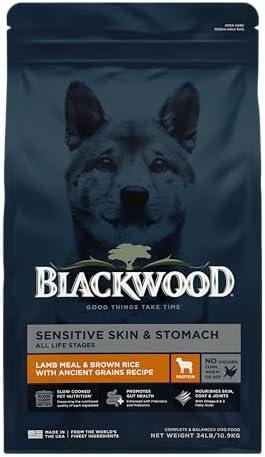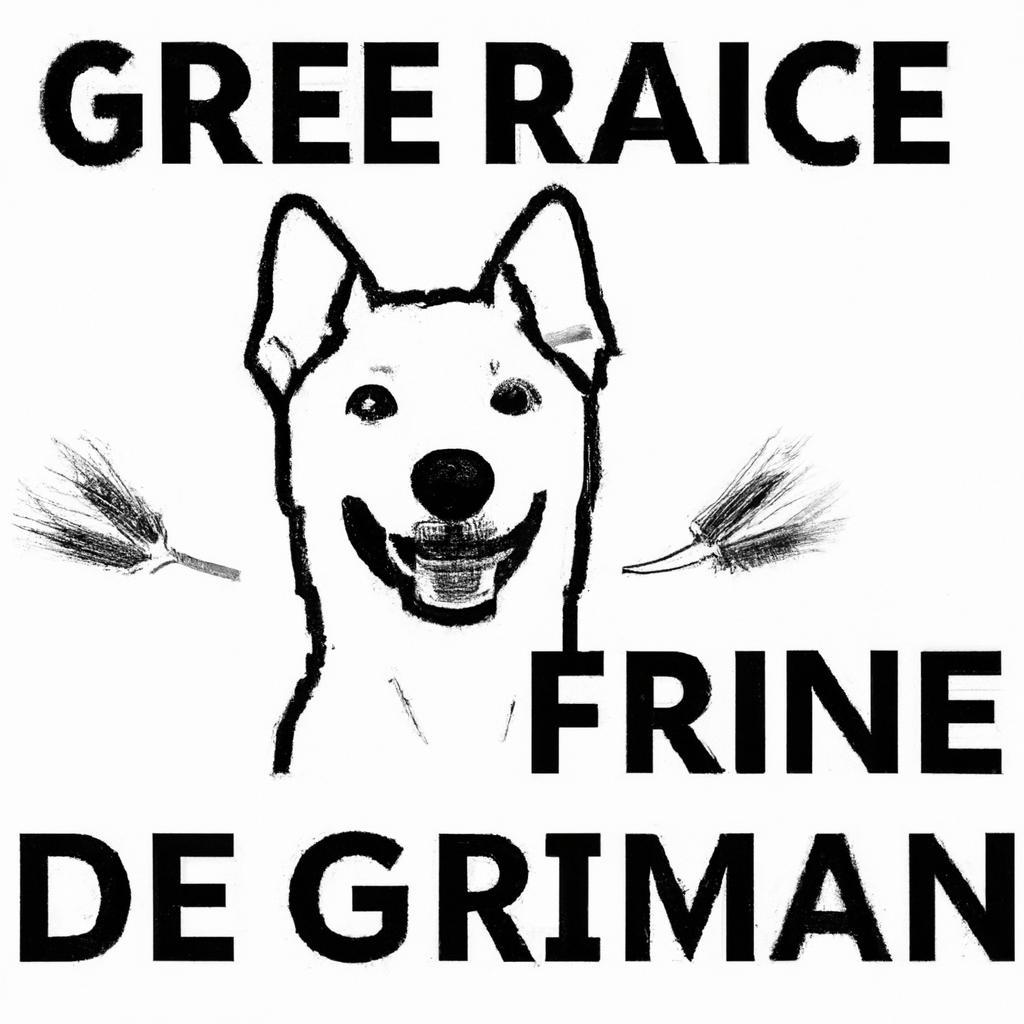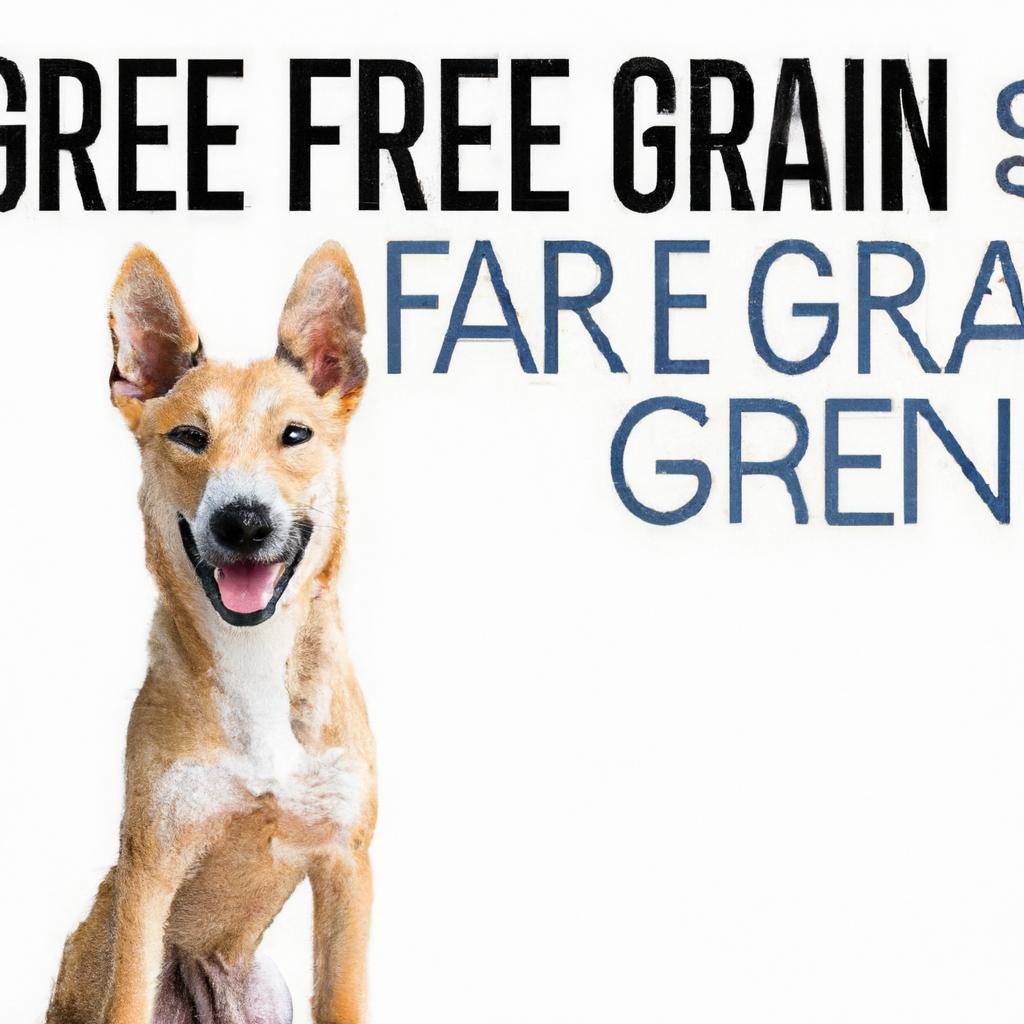Once, a worried dog owner named Sarah noticed her beloved Golden Retriever, Max, had an upset stomach. After a visit to the vet, she learned that plain, cooked rice could be a soothing addition to his diet. Intrigued, she tried it, and to her delight, Max’s tummy troubles eased. This simple grain not only provided him with energy but also helped him recover. So, if you’re ever in doubt about your furry friend’s diet, remember: rice can be a safe, nutritious option for dogs, especially when they need a little extra care.
Contents
- Understanding the Nutritional Benefits of Rice for Dogs
- Identifying Safe Rice Varieties and Preparation Methods
- Recognizing Potential Risks and Allergies Associated with Rice
- Expert Recommendations for Incorporating Rice into Your Dogs Diet
- Q&A
Understanding the Nutritional Benefits of Rice for Dogs
Rice is often regarded as a staple food for humans, but it also offers a range of nutritional benefits for our canine companions. One of the primary advantages of incorporating rice into a dog’s diet is its digestibility. Dogs with sensitive stomachs or those recovering from gastrointestinal issues can greatly benefit from the easily digestible nature of rice. This makes it an ideal choice for pet owners looking to provide a gentle yet nourishing meal option.
In addition to being easy on the stomach, rice serves as an excellent source of carbohydrates. Carbohydrates are essential for providing energy, and they play a crucial role in maintaining a dog’s overall health. When included in a balanced diet, rice can help fuel your dog’s daily activities, ensuring they have the stamina to enjoy playtime and exercise. Furthermore, the energy derived from rice is released gradually, helping to sustain your dog’s energy levels throughout the day.
Rice is also low in fat, making it a suitable option for dogs that may need to manage their weight. By incorporating rice into their meals, pet owners can provide a satisfying and filling food without the added calories that come from higher-fat ingredients. This can be particularly beneficial for dogs that are overweight or prone to obesity, as it allows for a nutritious meal that supports weight management without sacrificing flavor or satisfaction.
Moreover, rice is often fortified with essential vitamins and minerals, contributing to a well-rounded diet. It contains important nutrients such as B vitamins, which are vital for energy metabolism and overall health. Additionally, rice can help balance the nutritional profile of homemade dog food, ensuring that your furry friend receives a comprehensive array of nutrients. By including rice in your dog’s diet, you are not only providing a tasty meal but also supporting their long-term health and well-being.
Identifying Safe Rice Varieties and Preparation Methods
When considering rice for your canine companion, it’s essential to choose varieties that are not only safe but also beneficial for their health. **White rice** is often recommended due to its easy digestibility, making it a great option for dogs recovering from gastrointestinal issues. On the other hand, **brown rice** contains more fiber and nutrients, which can be advantageous for overall health, but it may be harder for some dogs to digest. Always consult with your veterinarian to determine the best type of rice for your dog’s specific needs.
Preparation methods play a crucial role in ensuring that rice is safe for your dog to consume. **Cooking rice thoroughly** is vital; uncooked or undercooked rice can be difficult for dogs to digest and may lead to gastrointestinal discomfort. Rinse the rice before cooking to remove excess starch, which can help prevent it from becoming too sticky. Additionally, avoid adding any seasonings, oils, or sauces, as these can be harmful to dogs and may lead to digestive issues.
Portion control is another important factor when incorporating rice into your dog’s diet. While rice can be a healthy addition, it should not replace a balanced diet. A general guideline is to mix rice with your dog’s regular food, ensuring that it comprises no more than **10% to 20%** of their daily caloric intake. This approach allows your dog to enjoy the benefits of rice without overloading them with carbohydrates, which can lead to weight gain and other health issues.
Lastly, always monitor your dog after introducing rice into their diet. Look for any signs of allergies or digestive upset, such as vomiting, diarrhea, or excessive gas. If your dog shows any adverse reactions, discontinue feeding rice and consult your veterinarian. By carefully selecting safe rice varieties and employing proper preparation methods, you can confidently include this versatile grain in your dog’s meals, enhancing their diet while keeping their health in check.
Recognizing Potential Risks and Allergies Associated with Rice
When considering adding rice to your dog’s diet, it’s essential to be aware of potential risks and allergies that may arise. While rice is generally safe for most dogs, some may experience adverse reactions. **Common symptoms of food allergies** in dogs include:
- Itching and skin irritations
- Gastrointestinal upset, such as vomiting or diarrhea
- Ear infections
- Excessive licking or chewing of paws
Another important factor to consider is the type of rice you choose. **White rice** is often recommended for dogs recovering from digestive issues due to its easy digestibility. However, **brown rice**, while more nutritious, contains higher levels of fiber and may not be suitable for all dogs, especially those with sensitive stomachs. It’s crucial to monitor your dog’s reaction to different types of rice and adjust accordingly.
Additionally, be cautious of any additives or seasonings that may accompany rice. Ingredients like garlic, onion, or excessive salt can be toxic to dogs and should be strictly avoided. Always serve plain, cooked rice without any added flavors to ensure your dog’s safety. **Homemade rice dishes** should be prepared with care to prevent any harmful ingredients from sneaking in.
Lastly, consider your dog’s overall health and dietary needs. Dogs with certain medical conditions, such as diabetes or pancreatitis, may require a specialized diet that limits carbohydrate intake, including rice. Consulting with a veterinarian can provide personalized guidance tailored to your dog’s specific health requirements, ensuring that any dietary changes are safe and beneficial.
Expert Recommendations for Incorporating Rice into Your Dogs Diet
When considering the addition of rice to your dog’s diet, it’s essential to choose the right type. **Brown rice** is often recommended due to its higher fiber content and nutritional value compared to white rice. However, if your dog has a sensitive stomach or is recovering from an illness, **white rice** may be a better option as it is easier to digest. Always consult with your veterinarian to determine the best choice for your furry friend.
Incorporating rice into your dog’s meals can be done in various ways. You can mix cooked rice with their regular dog food to enhance flavor and texture. Additionally, consider using rice as a base for homemade dog meals. This not only provides a wholesome carbohydrate source but also allows you to control the ingredients, ensuring your dog receives a balanced diet. **Avoid adding any seasonings or sauces**, as these can be harmful to dogs.
Portion control is crucial when introducing rice to your dog’s diet. Start with small amounts to monitor how your dog reacts, especially if they are not accustomed to grains. A general guideline is to make rice about **10-20%** of their total meal. Adjust the quantity based on your dog’s size, activity level, and dietary needs. Always keep an eye on their weight and overall health to prevent any adverse effects.
Lastly, remember that rice should not be a staple in your dog’s diet but rather an occasional addition. A balanced diet primarily consisting of high-quality dog food is essential for their overall health. If you notice any changes in your dog’s digestion or behavior after introducing rice, consult your veterinarian immediately. By following these expert recommendations, you can safely incorporate rice into your dog’s diet and enjoy the benefits it offers.
Q&A
-
Is rice safe for dogs to eat?
Yes, rice is safe for dogs and can be a beneficial addition to their diet. It is easily digestible and can help soothe an upset stomach.
-
What type of rice is best for dogs?
Plain white or brown rice is ideal for dogs. Avoid any seasoned or flavored rice, as these can contain ingredients that are harmful to dogs.
-
How should I prepare rice for my dog?
Cook the rice without any additives such as salt, butter, or spices. Boiling it in water until soft is the best method to ensure it is safe and healthy for your dog.
-
Can rice be a regular part of my dog’s diet?
While rice can be a healthy supplement, it should not replace a balanced diet. Use it as an occasional treat or to help with digestive issues, but ensure your dog receives a variety of nutrients from other sources.
rice can be a beneficial addition to your dog’s diet when served in moderation. Its digestibility and nutritional value make it a safe choice for many dogs. Always consult your veterinarian before making dietary changes to ensure your furry friend stays healthy and happy.

大家好,我是彼得潘,專業的手法身體治療師。我喜歡探索和研究各種主題,並透過與人工智慧的合作分享專業、實用、有趣的文章。我們定期進行人工審核,以確保內容的準確性。如果您發現文章中有任何不準確的地方,請隨時與我們聯繫,我們會及時糾正。您可以透過 [email protected] 與我們聯繫。



